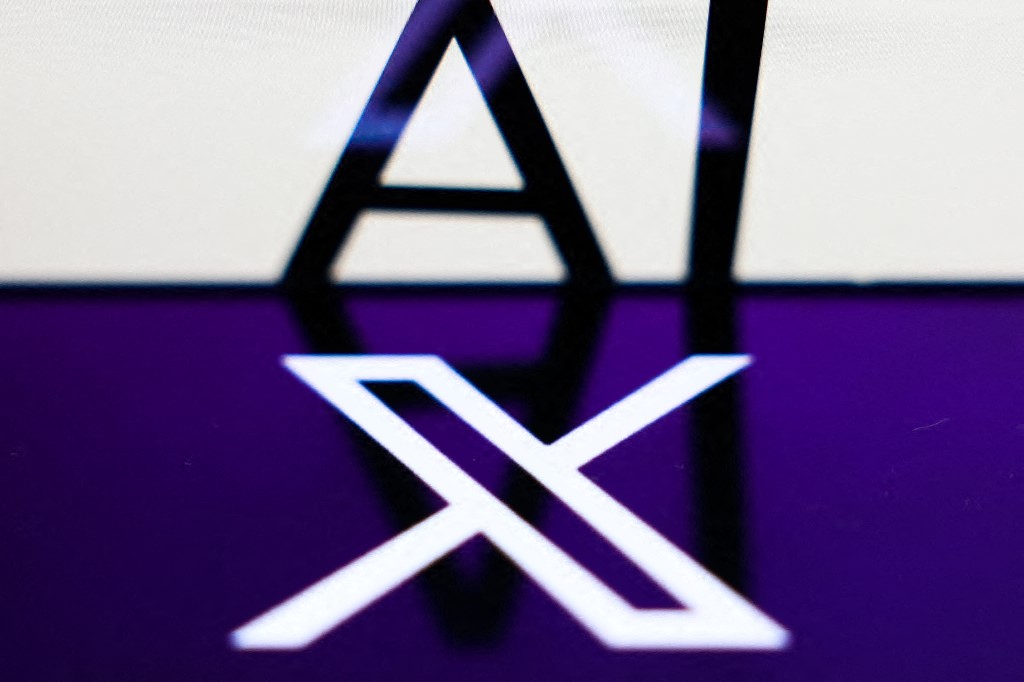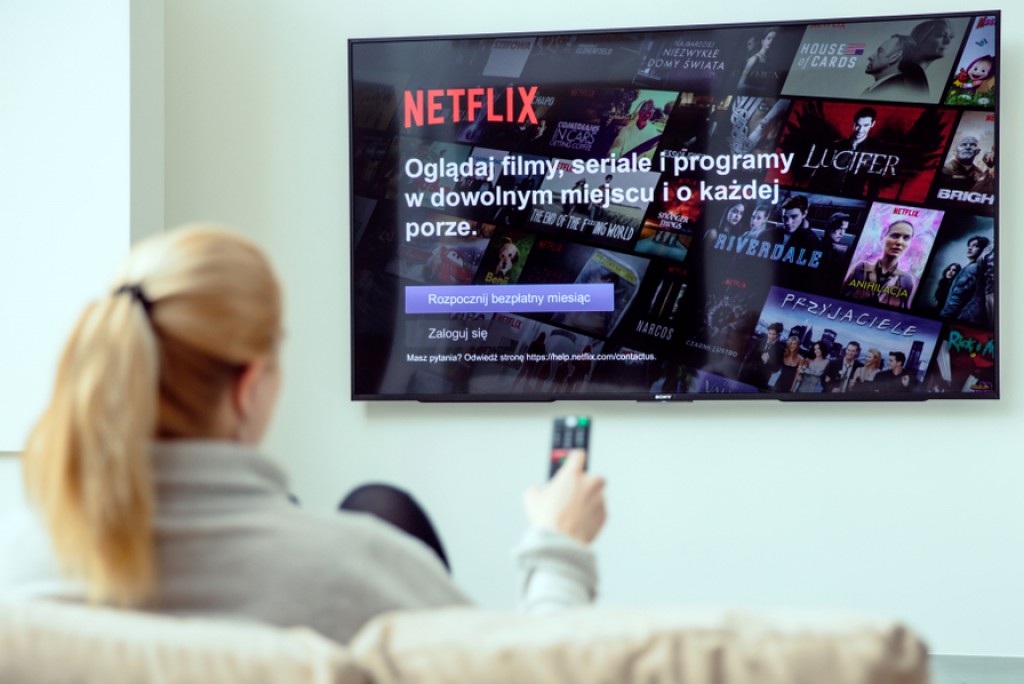In May 2014, the number of active Facebook, LinkedIn and Twitter users reached nearly 81 million, 8.5 million and six million, respectively, in the Arab world, nearly doubling from the previous year, according to the Arab Social Media Report.
The regional average for Facebook penetration jumped to 21.5 percent for the same period, up from 15 percent in May 2013, while that for LinkedIn doubled from 2.1 percent to 3.7 percent. The UAE looks to lead the way in the GCC, with a Facebook penetration of 41.66 percent, followed by Qatar (34.38 percent), Kuwait (26.75 percent), Bahrain (25.09 percent), Saudi Arabia (18.26 percent) and Oman (16.22 percent). It also ranks first in LinkedIn penetration at 16.45 percent, while Saudi Arabia trails way behind, at 3.3 percent. On Twitter, Kuwait has the highest penetration of 7.6 percent, closely followed by Saudi Arabia (6.48 percent) and the UAE (4.89 percent). In absolute numbers and market size, however, Saudi Arabia wins the GCC over by all accounts; at 1.9 million users, its Twitter base is more than four times that of the UAE (401,000), eight times that of Kuwait (225,000) and more than 25 times that of Qatar and Bahrain. According to online monitoring platform Peerreach, Saudi Arabia also has the highest Twitter penetration of online population worldwide, standing at 33 percent. “This year was our biggest with Twitter in Saudi Arabia,” says Ali Nehme, managing director of digital at Starcom MediaVest Group (SMG) MENA. “Social networks serve as platforms of self-expression in Saudi Arabia; naturally, their penetration is always the strongest there. Saudis test things out quickly and they spend more time on social. It’s not just about social conversations happening in Saudi Arabia, it’s those initiated from there. They’re kind of our benchmark for Arabic influencers,” adds Boye Balogun, regional head of digital at Mindshare MENA.
Social media numbers and insights on other GCC countries are few and far between, but experts have picked up several broad trends in them. Based on discussions it’s had with local clients in Qatar, SMG MENA is seeing less of Facebook and more of Twitter and Instagram in the market, claims Chadi Saab, director of digital at SMG MENA. An infographic by ictQATAR, Qatar’s ministry of information and communications technology, shows that, indeed, Instagram is the most popular social media service among Qataris. “Our numbers show that Kuwait is one of the most active globally on Instagram,” Nehme adds. However, in a recent report released by Phil Gonazlez, co-founder of Instagramers Gallery – a virtual photo gallery based on a massive photography platform, which enables users to share their photographs with the world – the UAE ranks as the first Arab country in the usage of Instagram, followed by Saudi Arabia, Kuwait and Lebanon. In July, the “#MyDubai” campaign, launched by His Highness Sheikh Hamdan bin Mohammed bin Rashid Al Maktoum, Crown Prince of Dubai and Chairman of the Dubai Executive Council, to “create Dubai’s ‘digital autobiography’”, crossed the millionth use of its hashtag. As Instagram continues to gain favor with regional users, other players are strengthening their presence in the GCC. Music, media and ad recognition app Shazam recently signed a partnership with digital media and technology solutions provider Connect Ads, which will represent it in the region.
Meanwhile, established players, such as Facebook, YouTube and Twitter, have been visibly louder about their competitive advantage versus other platforms in the region. In April, YouTube released six cross-media studies with global research company Millward Brown in Saudi Arabia, stating that it brought eight percent of incremental reach to TV. A month later, Facebook Dubai released a study it conducted between November and December 2013, in partnership with research firm Ipsos, claiming that its monthly reach is “higher than other digital platforms” in Saudi Arabia, the UAE and Egypt. The study adds that, on a monthly basis, people are accessing Facebook 1.3 times more than YouTube, 2.5 times more than Twitter and 4.9 times more than Yahoo!. Another study by Ipsos shows that, in 2013, Facebook’s penetration among social networks stood at 95 percent in Saudi Arabia and 99 percent in the UAE, and, interestingly, dropped from 90 percent to 83 percent in Kuwait. Twitter’s jumped from 33 percent to 57 percent in the kingdom and from 28 percent to 43 percent in the UAE.
More recently, LinkedIn has been highlighting the growth of its base and branding opportunities in the region. In a recent chat with Communicate, Jake Thomas, head of sales at LinkedIn Marketing Solutions – the network’s marketing offering for brands – for the MENA region, boasted about the network’s year-on-year growth from five million members in 2012 to ten million in 2013. LinkedIn has been working with Etihad Airways and Emirates Airline for a number of years, and is eyeing further regional expansion; having recently launched its Content Marketing Score and Trending Content tools, the network has had several category leads of finance and technology visit in the past six months. Similarly, Facebook recently appointed a head of travel and auto for the MENA region.
As social networks register higher usage and penetration numbers in the Arab world, the scene is set for fierce competition, more offerings and increased specialization





